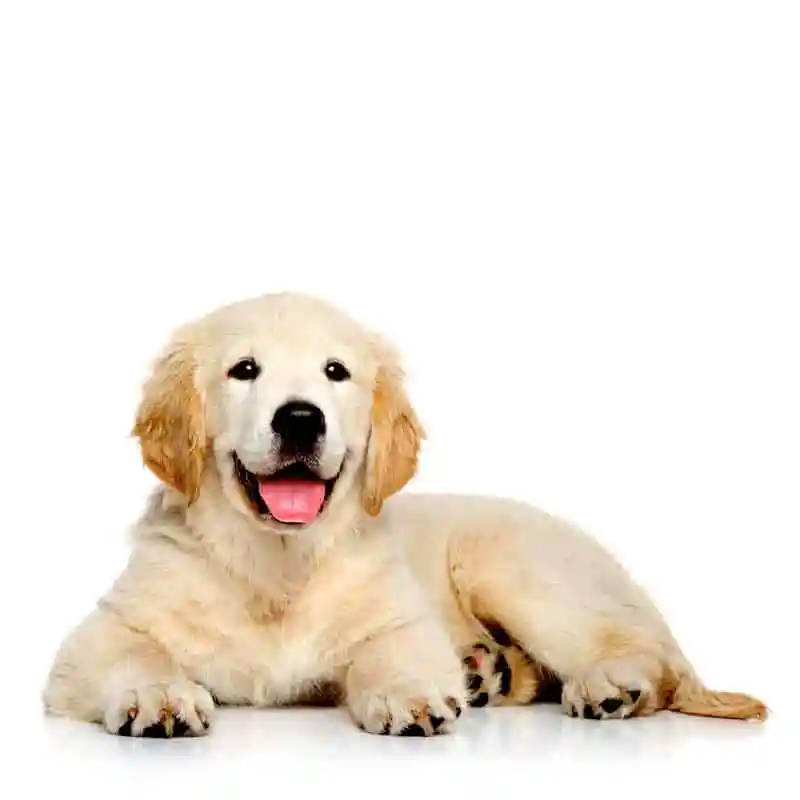Three bones make up the joint of a dog’s elbow: the radius, the ulna, and the humerus. These three bones are supposed to grow together and fit perfectly to form the elbow joint. Osteochondritis dessicans is a condition in which a piece of cartilage comes loose or pulls away completely from the surface of the joint, resulting in inflammation and pain. After the inflammation or “itis” is gone, the condition is called osteochrondrosis dessicans.

Darryl L. Millis, MS, DVM, DACVS, DACVSMR, CCRP
Professor of Orthopedic Surgery & Director of Surgical Service
Robin Downing, DVM, MS, DAAPM, DACVSMR, CVPP, CCRP
Diplomate of the American Academy of Pain Management, is a a founder and past-president of the International Veterinary Academy of Pain Management.
Janet B. Van Dyke, DVM
Diplomate American College of Veterinary Sports Medicine and Rehabilitation, CCRT, CEO
Ludovica Dragone, DVM, CCRP
Vice President of VEPRA, Veterinary European of Physical Therapy and Rehabilitation Association.
Andrea L. Henderson, DVM, CCRT, CCRP
Resident, Canine Sports Medicine and Rehabilitation
Steven M.Fox, MS, DVM, MBA, PhD
President Securos. Inc

Endochondral ossification is a normal bone growth process by which cartilage is replaced by bone in the early development of the fetus. Osteochondrosis is a pathological condition in which normal endochondral ossification, the metamorphoses of cartilage to bone, is disturbed. The disturbance is often due to a disruption in the blood supply to the bone. The result is retention of excessive cartilage at the site as the process of endochondral ossification is halted, but cartilage continues to grow. The end result is abnormally thick regions of cartilage that are less resistant to mechanical stress, as opposed to the stronger and denser bone.
Large and giant breeds, including great Danes, Labrador retrievers, Newfoundlands, rottweilers, Bernese mountain dogs, English setters, and old English sheepdogs are predisposed to this condition.

You will need to give a thorough medical history of your dog’s health, onset of symptoms, and any information you have about your dog’s parentage. A complete blood profile will be conducted, including a chemical blood profile, a complete blood count, and a urinalysis. The results of these tests are often within normal ranges in affected animals, but they are necessary for preliminary assumptions of your dog’s overall health condition.
Your veterinarian will examine your dog thoroughly, paying special attention to the limbs that are troubling your dog. Radiography imaging is the best tool for diagnosis of this problem; your veterinarian will take several x-rays of the affected joints and bones to best discern any abnormalities. The radiographs may show details of lesions and abnormalities related to this disease. Computed tomography (CT-scan) and magnetic resonance imaging (MRI) are also valuable diagnostic tools for visualizing the extent of any internal lesions.
Your veterinarian will also take samples of fluid from the affected joints (synovial fluid) to confirm involvement of the joint and to rule out an infectious disease that may be the actual cause of the lameness. More advanced diagnostic and therapeutic tools like arthroscopy may also be used. Arthroscopy is a minimally invasive surgical procedure which allows for examination and sometime treatment of damage inside the joint. This procedure is performed using an arthroscope, a type of endoscope inserted into the joint through a small incision.
Conservative care for Elbow Osteochondritis Dissecans (OCD) include physical therapy, use of non-steroidal anti-inflammatory drugs (NSAIDs), rest from sport for 6-8 weeks, and bracing.
Physiotherapy and rehabilitation allows conservative care for dogs diagnosed with Shoulder Osteochondritis Dissecans (OCD). Pet owners should be combining care with non-steroidal anti-inflammatory drugs (NSAIDs) or nutraceutical for inflammation management, resting from excessive activities for 6 to 8 weeks and support braces designed for supporting the shoulders and elbows.
| Timeline | Physiotherapy Aims | Rehabilitation Therapy options |
|---|---|---|
| Week 0 to 2 | Reduce swelling and pain |
|
| Reduce muscular guarding and maintain soft tissue flexibility |
| |
| Allow limb loading as able |
| |
| Week 2 to 4 | Progress limb loading and gait re education |
|
| Increase muscle mass |
| |
| Maintain soft tissue length and flexibility |
| |
| Management at home |
| |
| Week 4 to 6 | Continue as above |
|
| ||
| Week 6 to 12 | Increase exercise tolerance | Increase exercise level, considering land and water based options. |
| Continue to increase core stability | Home exercise program considering land and water based exercises | |
| Week 12 onwards | Return to full function or establish deficits and advise regarding long term management. | Progress to off lead exercise and previous exercise level if appropriate. |